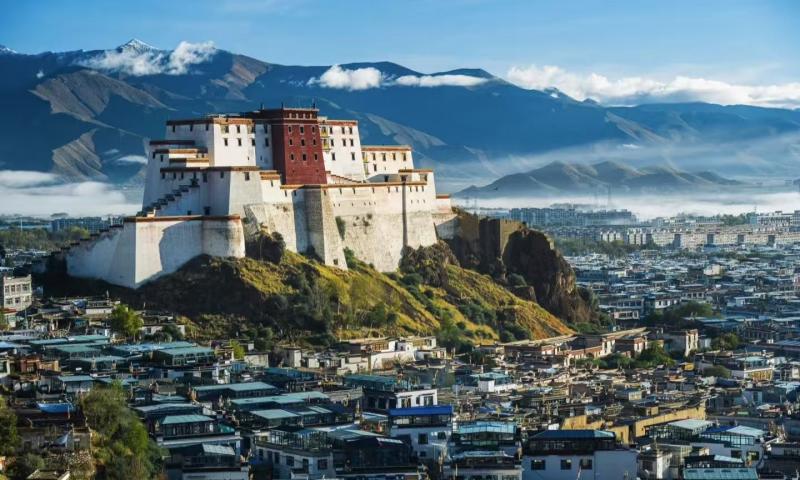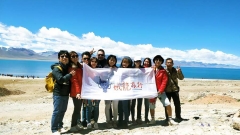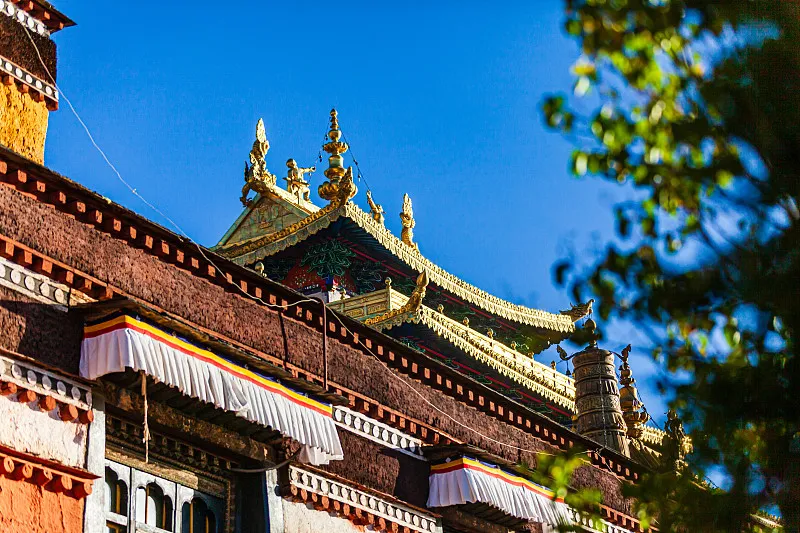Tibet’s soaring plateaus and majestic peaks are matched only by the depth and diversity of its culinary traditions. Far beyond simple sustenance, Tibetan food reflects centuries of adaptation to high-altitude living, spiritual customs, and nomadic heritage. From the energizing warmth of butter tea to the communal joy of handmade momos, every dish tells a story of resilience, community, and cultural pride. Whether you’re planning your first trip to Lhasa or seeking to bring a taste of the Himalayas into your own kitchen, this comprehensive guide to Tibetan food will immerse you in flavors both ancient and evolving.
Most Popular Foods in Tibet
Tibet’s most beloved dishes are born from necessity, nourishment, and shared tradition. Each staple highlights ingredients that thrive at altitude, offer robust energy, or bring people together around the table.
Tsampa
At the heart of Tibetan cuisine lies tsampa, roasted barley flour that serves as both daily staple and symbol of strength. Typically mixed with butter tea into a pliable dough or stirred into porridge, tsampa’s nutty depth and portable form made it a lifeline for traders and nomads alike. Today, you’ll find tsampa in breakfast bowls, snack bars, and even modern fusion desserts—yet its soul remains deeply traditional.
Momos
Whether steamed, fried, or bathed in broth, momos are Tibet’s beloved dumplings—and a delicious example of how cuisine brings families and friends together. Handmade by generations of home cooks, momos come filled with minced yak or beef, hearty potatoes and cheese, or a colorful mix of vegetables. Shared around the kitchen table, they celebrate unity and creativity, and at street stalls, they offer an instant taste of Tibetan comfort.
Butter Tea
No exploration of Tibetan food is complete without a steaming cup of butter tea (དཀར་མོག་ཇ་, kar-mog cha). More than a drink, it’s a ritual: strong black tea brewed and whipped with yak butter and salt, yielding a creamy, savory elixir that wards off freezing winds and sustains travelers on long treks. Sipping butter tea is also an expression of hospitality—offered to guests as a warm welcome.
Thukpa
When the air grows thin and the winds howl, Tibetans turn to thukpa, a noodle soup that warms both body and spirit. Thick wheat or buckwheat noodles swim in a rich broth flavored with yak or beef, garlic, ginger, and mountain herbs. Vegetarian versions abound in monasteries, proving that the essence of comfort lies in good broth and tender vegetables as much as in meat.
Yak Meat & Yak Yogurt
The yak is the very icon of Tibetan life, and its meat follows suit. Yak meat—lean, tender, and packed with protein—is often prepared in stews or simple grilled slices seasoned with local spices. Equally treasured is yak yogurt, whose creamy tang offers a refreshing counterpoint to savory staples. Served plain or sweetened with local honey, it embodies the purity of Tibetan dairy culture.
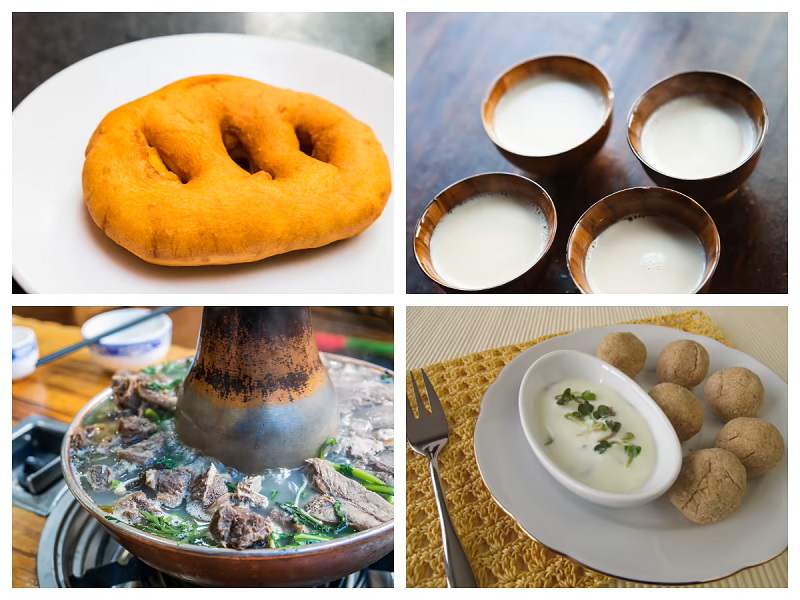
Most Popular Foods in Tibet
Tibetan Breakfast Delights
Unlike the heavy skillet of bacon and eggs or the gentle layers of pastry, a Tibetan breakfast emphasizes hearty grains, warming soups, and dairy goodness—perfect for jump-starting a high-altitude day.
- Tsampa Porridge: Roasted barley flour mixed with hot water or milk, sometimes sweetened with sugar or local berries.
- Butter Tea: A ritual wake-up call, best enjoyed before dawn’s chill gives way to morning sun.
- Balep & Sha Phaley: Flatbreads—balep round and thick, sha phaley pan-fried and stuffed with seasoned meat or potatoes—provide grab-and-go energy.
- Thenthuk Noodles: Hand-pulled noodles in a light broth, often garnished with tender vegetable pieces or minced meat.
- Yak Yogurt & Fresh Fruit: In cities like Lhasa, small bowls of tart yogurt with seasonal fruit bring a refreshing balance to heavier bites.
Lunch and Dinner Traditions
At midday and evening, Tibetan meals showcase techniques of boiling, steaming, and stir-frying—though simplicity often reigns supreme. These meals revolve around communal sharing: large platters of momos and stews passed around, encouraging conversation and connection.
- Momo Platters: Variety is key—meat, vegetable, and cheese-filled dumplings drizzled with chili oil or served in a warming broth.
- Thentuk & Gyathuk: Hearty noodle soups, with thentuk using hand-pulled noodles and gyathuk featuring distinct shapes and textures.
- Yak Meat Stew: Slow-simmered chunks of yak or beef in a broth enriched with marrow and local spices.
- Rutang (Butter Tea Soup): A unique hybrid of porridge and soup, blending barley with butter tea for creamy nourishment.
- Sha Phaley & Balep: Often accompanied by pungent pickles or a side of broth.
- Vegetarian Alternatives:
- Shamey Momo & Shamey Mothuk: “Meatless” dumplings and noodle soups filled with potatoes, cheese, or mountain greens.
- Shamey Tsel: Stir-fried cabbage, radish, and carrots seasoned simply with garlic and chili.
Seasonal vegetables have grown more common on Tibetan tables thanks to modern farming in the valleys, bringing new life to stir-fries and fresh salads.
Teas and Traditional Beverages
Tea culture in Tibet is both everyday ritual and social event. Beyond butter tea, visitors discover a spectrum of infusions and fermented drinks.
- Tibetan Sweet Tea: A milder black tea blend brewed strong, then sweetened with sugar and a touch of salt—favorites among newcomers.
- Herbal Infusions: Mountain herbs such as juniper berries or rhododendron petals steeped into fragrant, health-boosting brews.
- Barley Wine (Chhaang): A mildly alcoholic drink made from fermented barley, rice, or millet. Served warm in wooden bowls, it fosters celebration during festivals, weddings, and friendly gatherings. Toasting etiquette—a clockwise pass and a flick of the fingertips—underscores respect and unity.
Spending an afternoon in a Lhasa teahouse offers glimpses of this living tradition: village elders deep in discussion, monks pausing for refreshment, and tourists sampling cups all afternoon.
Desserts and Snacks
While Tibet isn’t widely known for desserts, its sweet treats capture the imagination with simple, local ingredients.
- Dresil: A special sweet rice dish flavored with butter, sugar, and occasionally dried fruits—prepared for weddings and holidays.
- Tibetan Pancakes: Crisp on the outside, chewy within, often dusted with sugar or dipped in honey.
- Fried Potatoes: Cut into thick wedges, spiced with local peppers, and served piping hot—as irresistible street food.
- Air-Dried Yak Meat (Shogo): Thin strips of cured yak jerky, both chewy snack and protein-packed trail companion.
- Dried Cheese Cubes: Hard, aged cheese snacks that deliver an intense milky flavor.
These snacks reflect the nomadic roots of Tibet, where portability and preservation were once life-saving necessities.
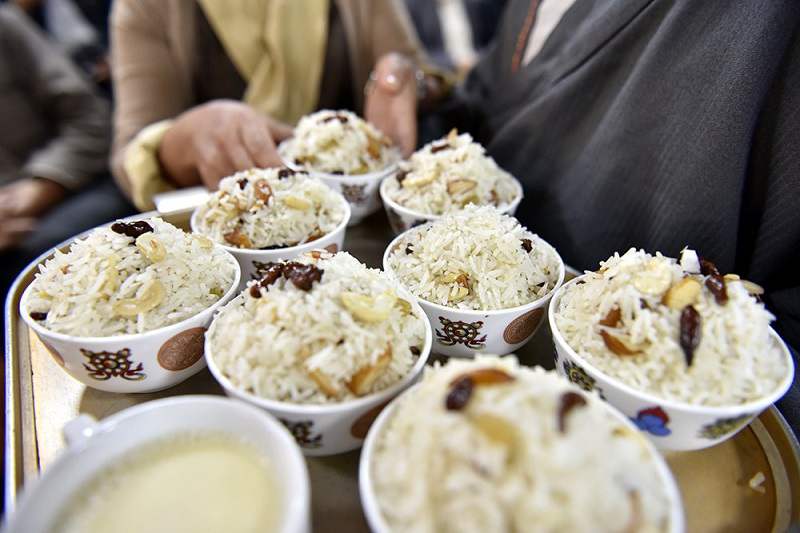
Dresil
Vegetarian Options in Tibetan Cuisine
Although meat has long held center stage, modern Tibet offers an abundance of plant-based delights—particularly in urban centers and pilgrimage routes.
- Vegetable Thukpa: Noodle soup with an array of local greens, root vegetables, and a savory broth.
- Shamey Momo & Mothuk: Dumplings and soups filled with potato, cheese, spinach, or mushroom mixtures.
- Shamey Tsel Stir-Fries: Seasonal vegetables tossed with garlic and mild chilies, an ideal complement to hearty grains.
- Trang Tsel (Cold Vegetable Salad): A refreshing mix of shredded cabbage, carrot, and herbs dressed in vinegar and sesame.
- Barley & Legume Dishes: Stews and porridge featuring barley paired with beans or lentils for protein.
Vegetarian restaurants flourish in Lhasa, Gyantse, and other pilgrimage towns—often run by monks or devoted families—ensuring green-eaters never lack options.
Where to Try Authentic Tibetan Food
To truly taste Tibet, venture beyond flashy city restaurants and seek out these authentic venues:
- Local Family Homes: Many households welcome travelers for home-cooked meals—an intimate glimpse at centuries-old recipes passed through generations.
- Monastery Guesthouses: Simple, vegetarian meals prepared by monastic cooks, offering nourishment amid serene surroundings.
- Tea Houses: Beyond sipping tea, sample small plates of butter tea soup, momos, and baked breads.
- Guest Lodges in Villages: Often set along trekking routes, these cozy lodges serve farm-fresh dishes sourced from nearby terraces.
- Street Stalls and Markets: Early morning markets brim with fresh yak yogurt, fried snacks, and dumplings—arguably the heart of Tibetan street food.
Ask your guide for recommendations off the beaten path; sometimes the best momos come from the most unassuming corners of town.
Beyond Tibet: Other Cuisines on the Plateau
As trade routes widened, Tibet embraced diverse culinary influences alongside its own traditions:
- Nepalese Dishes: Tomato-based curries, dal bhat, and momo variations echoing styles from Kathmandu.
- Indian Flavor Profiles: Spiced chana masala, butter chicken adaptations, and naan baked in clay ovens.
- Sichuan Heat: Chili-infused stir-fries and spicy broths catering to those craving bold, fiery sensations.
- Western Comforts: Pasta, pizza, and bakery items introduced in tourist hubs to satisfy global palates.
This cosmopolitan canvas ensures every traveler finds a taste of home—or a thrilling new flavor—to complement their Tibetan feast.
Savoring Tibet with China Dragon Travel
Tibetan cuisine is more than a meal—it’s a gateway to understanding the soul of the Himalayas. When you sample tsampa, sip butter tea, or savor momos alongside a Tibetan family, you become part of a story that spans millennia and millions of footsteps across the plateau.
If you’re ready to embark on an unforgettable culinary and cultural adventure, China Dragon Travel offers tailor-made tours that weave together the best of Tibet’s landscapes, heritage, and, of course, its extraordinary food. From private cooking classes in Lhasa to guided market tours and monastery feasts, our expert consultants ensure every bite brings you closer to the heart of Tibetan life. Contact us today to craft your journey atop the world.



